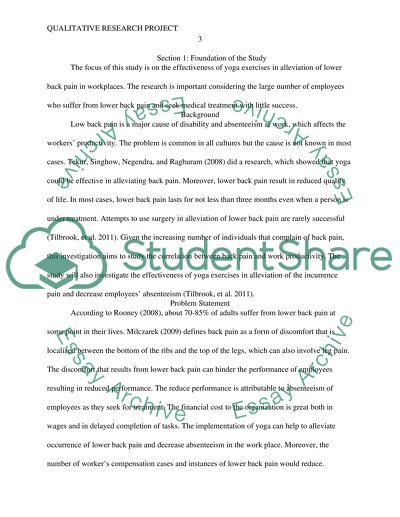Cite this document
(“Yoga in back pain management Essay Example | Topics and Well Written Essays - 2250 words”, n.d.)
Retrieved from https://studentshare.org/health-sciences-medicine/1403441-yoga-in-back-pain-management
Retrieved from https://studentshare.org/health-sciences-medicine/1403441-yoga-in-back-pain-management
(Yoga in Back Pain Management Essay Example | Topics and Well Written Essays - 2250 Words)
https://studentshare.org/health-sciences-medicine/1403441-yoga-in-back-pain-management.
https://studentshare.org/health-sciences-medicine/1403441-yoga-in-back-pain-management.
“Yoga in Back Pain Management Essay Example | Topics and Well Written Essays - 2250 Words”, n.d. https://studentshare.org/health-sciences-medicine/1403441-yoga-in-back-pain-management.


